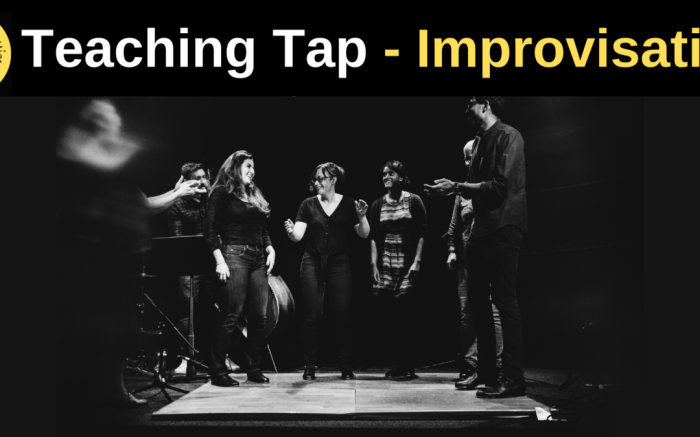Monk’s approach to improvisation is striking in its use of unconventional techniques and principles, drawing inspiration from cultural and religious influences to create a unique and captivating form of musical expression.
This approach has not only shaped the development of music but has also influenced spirituality and personal growth, leaving a lasting impact on both individuals and communities.
Monk’s Approach to Improvisation: Monk’s Approach To Improvisation Is Striking In Its Use Of

The monk’s approach to improvisation is a unique and powerful technique that has been used for centuries to create beautiful and inspiring music. It is based on the idea that music is a form of meditation, and that by improvising, monks can connect with their inner selves and express their spiritual beliefs.
Origins and History
The monk’s approach to improvisation has its roots in the ancient Buddhist tradition. In the early days of Buddhism, monks would often chant and sing as a way to connect with their spiritual selves. Over time, these chants and songs became more complex and sophisticated, and monks began to improvise on them.
This practice eventually spread to other parts of the world, and today the monk’s approach to improvisation is used by musicians of all faiths and backgrounds.
Key Characteristics
The monk’s approach to improvisation is characterized by a number of key characteristics. First, it is based on the idea that music is a form of meditation. Monks believe that by improvising, they can connect with their inner selves and express their spiritual beliefs.
Second, the monk’s approach to improvisation is highly collaborative. Monks often improvise together, and they listen to each other closely to create a cohesive and beautiful sound. Third, the monk’s approach to improvisation is based on the idea of impermanence.
Monks believe that all things are constantly changing, and they reflect this belief in their music. Their improvisations are often spontaneous and unpredictable, and they embrace the idea that the music will never be the same twice.
Techniques and Methods
There are a number of different techniques and methods that monks use to improvise. One common technique is called “call and response.” In this technique, one monk will sing a phrase, and the other monks will respond with a similar phrase.
Another common technique is called “drone.” In this technique, one monk will play a long, sustained note, while the other monks improvise around it. Monks also use a variety of other techniques, such as chanting, scatting, and playing instruments.
Benefits and Impact
The monk’s approach to improvisation has a number of benefits for both individuals and communities. For individuals, improvisation can help to develop creativity, spontaneity, and self-expression. It can also help to reduce stress and anxiety, and promote relaxation. For communities, improvisation can help to build social cohesion and foster a sense of belonging.
It can also be a powerful tool for healing and reconciliation.
Contemporary Applications
The monk’s approach to improvisation is being used in a variety of contemporary contexts. Musicians of all faiths and backgrounds are using it to create new and innovative music. Improvisation is also being used in education, therapy, and other fields to help people develop creativity, spontaneity, and self-expression.
Cultural Significance, Monk’s approach to improvisation is striking in its use of
The monk’s approach to improvisation is a significant part of the cultural heritage of many countries. It is a unique and powerful technique that has been used for centuries to create beautiful and inspiring music. The monk’s approach to improvisation is also a valuable tool for personal and community development, and it is being used in a variety of contemporary contexts.
Helpful Answers
What are the key characteristics of the monk’s approach to improvisation?
The monk’s approach to improvisation is characterized by its emphasis on spontaneity, intuition, and the use of unconventional techniques, such as the incorporation of silence, repetition, and unexpected melodic and harmonic progressions.
How has the monk’s approach to improvisation influenced contemporary music?
The monk’s approach to improvisation has influenced contemporary music by inspiring musicians to explore new forms of musical expression, such as free improvisation, experimental music, and jazz.
What are the benefits of the monk’s approach to improvisation?
The benefits of the monk’s approach to improvisation include enhanced creativity, improved self-expression, and a deeper connection to spirituality and inner peace.

